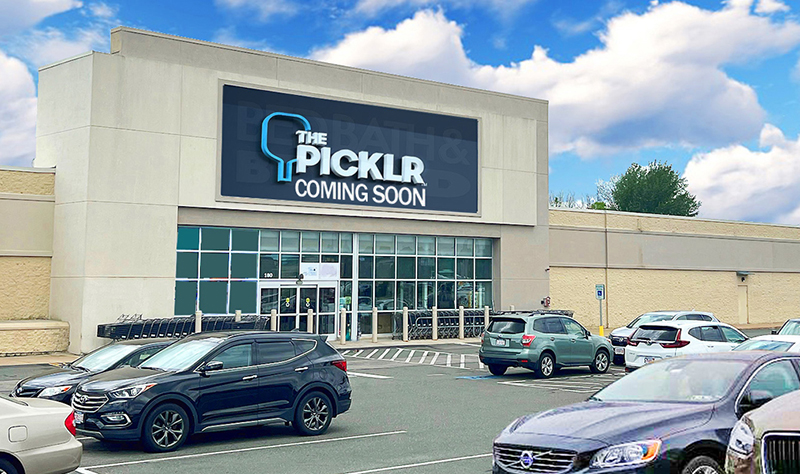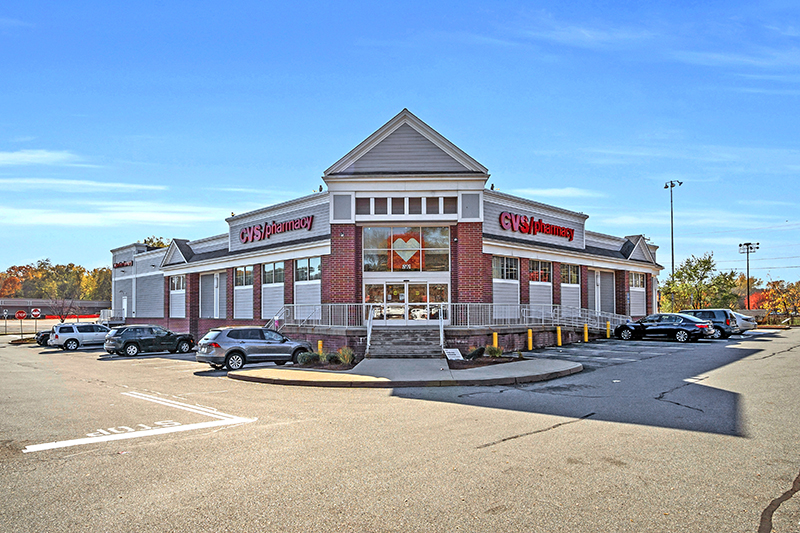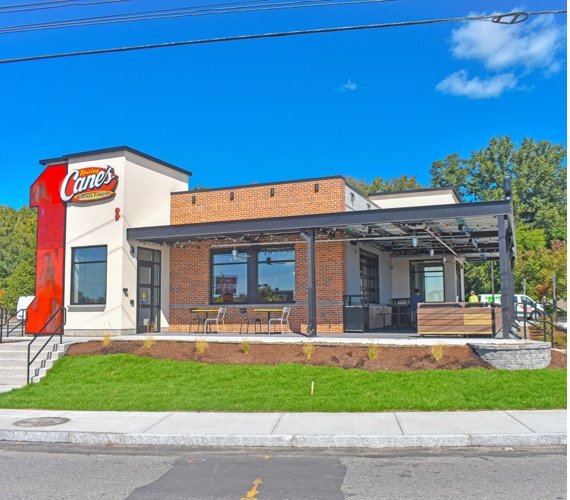Keeping the “there” there - by Carol Todreas

New zoning is a big topic for many communities. Whether it is to comply with the 2021 MBTA legislation calling for more multi-family housing in locales with access to T stations or to address other pressures from public-private entities, zoning for multi-family housing is believed to be a major part of the solution to the housing crisis. Often the multi-family concepts take the form of mixed-use buildings with retail planned for the ground floor space.
This building formula can be disruptive and change the entire essence of a community when introduced in older business districts. While the upper floors of the buildings may be fully leased to residents, the ground floors often remain vacant for long periods before any tenant can be found. This sets up a very different shopping environment than prior to construction and alters walking patterns in ways that eventually lead to lesser sales and retail tenants’ departures. What makes this type of development worthy of reconsideration is that older business districts are just now becoming what the shopping public wants and, therefore, where many retailers want to be.
For the first time since the pandemic, the retail scene is looking bright. Retailers have finally figured out how to use both e-commerce and a physical store to increase business, with both traditional and internet retailers seeking space. Class A malls have few vacancies, and some retailers are considering class B malls to be acceptable locations. Retailers are also starting to lease spaces in business districts. Demand is now reaching supply.
The emerging retail trends are definitely part of changing lifestyles and shopping habits. More people migrating to different communities with diverse living styles are creating a vibrant market for goods and services. Remote work is now acceptable and towns that once seemed too far from Boston are now increasingly more attractive to families with children who prefer to leave city life for more affordable housing, green space, and quality of life. This market segment wants to settle in towns with a walkable business district. They want an environment with local merchants and a sense of place. Locations such as this are also attractive to new retailers since the rents in older business districts have been lower than in places with new buildings and these retailers also value quality of life and the potential for a pleasant shopping experience.
With regard to zoning, one problem with rezoning is the way it is changing the rules and thus how it impacts a community. New ordinances generally have fewer restrictions than the rules they replace and thus tend to give developers more freedom to develop larger/taller buildings. While this building trend does increase the population available to frequent adjacent retailers, on a large scale it can cause so much disruption and such significant changes to the fabric of a given block that current retailers decide to leave, changing the feel of a place and then causing more vacancies.
Another factor is that spaces in new buildings are too frequently merely white, vanilla boxes, too often large in size and, therefore, costly compared to the older buildings development projects replace. Sometimes these retail spaces remain vacant for months, and even years, with the result that they ultimately are leased to banks, real estate offices or national chains. Such a tenant mix does not attract walkers nor shoppers out to find a “cool “ little shop of unusual items or a small eaterie for tea or lunch. Once the little guys move out and the big buildings and stores come in the individuality or character and fabric of the community is lost. What was once a unique community that attracted new families becomes homogenized and is indistinguishable from any other place, thereby losing much of its appeal.
Retail succeeds on a street location where there is a continuous block or series of blocks hosting small size stores, as in Concord, Wellesley, and Jamaica Plain. Low rise buildings, one-of-a- kind merchants, wide sidewalks and adequate parking for shoppers is their formula for success. These towns are destinations with a substantial secondary market that people drive to for a walkable shopping experience and/or to go to a specific restaurant or store. Therefore, parking for customers, as well as for employees and even local residents is of great importance.
As your community wrestles with new zoning in or adjacent to the business district where older buildings are still intact, look around at the existing retail and uses, and aim to create a plan to preserve and re-use/adapt the older buildings. This approach will allow new entry and existing local retailers to afford to lease the space. New development can complement the old if the scale is consistent with what is already in place, the ground floor spaces are not too large, and the rents affordable.
Carol Todreas is retail consultant for Todreas Hanley Associates, Cambridge, Mass.
Mace of KeyPoint Partners negotiates 36,192 s/f lease for The Picklr at Endicott Square
Danvers, MA KeyPoint Partners (KPP) negotiated a lease with the nation’s premier indoor pickleball venue The Picklr at Endicott Sq. Vice president of retail brokerage Don Mace negotiated the transaction on behalf of the landlord.





.jpg)


